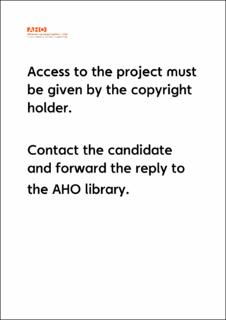| dc.description | A common platform (UNNGÅ) with analytical toolsets (OARSF) to identify root causes of societal and systemic dysfunctions that can lead an individual to a criminal act.
In a welfare society, members thrive without security threats, which in the 21st century are mainly caused by crimes. Criminality, as a wicked problem, shapes and impacts the reality we live in. It is a social and complex matter that involves individuals on both ends - those who commit the crimes and their victims - as well as the justice system, and the whole society, as they bear the financial burden of healthcare and welfare. Therefore, it is important to reduce the number of crimes and mitigate their impact.
The CUT THE CAUSE project aims to explore the complexity surrounding people’s cognition and behaviour in the face of crime, both in terms of committing a crime and responding to it. Thus, the project asks a question - who is an offender, and who is a victim? The goal of this project is to identify the root causes of crimes by focusing on the act of committing a crime, the reasons for doing so, and, most importantly, the context. As crime does not occur in isolation, but rather is a result of the aggregation of other societal and systemic dysfunctions, the project aims to create an intervention that identifies systemic gaps in the search for core reasons and redirects existing resources toward prevention. To see the whole spectrum of the problem, a common space for collaboration is required. Therefore, the creation of UNNGÅ provides a space for joint research, information and experience exchange, and data storage related to criminality. An integrated part of UNNGÅ is OARSF dimensions + cards, and a framework. These are analytical toolsets created for state and non-state actors to jointly analyse retrospective interviews with individuals who have engaged in criminal behaviour. Hence, the energy and resources devoted to one person will provide solutions and prevent many problems arising from that archetype. | en_US |




